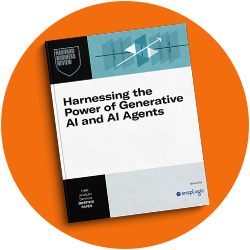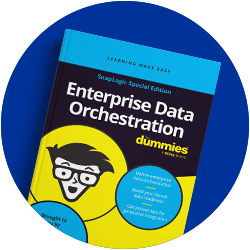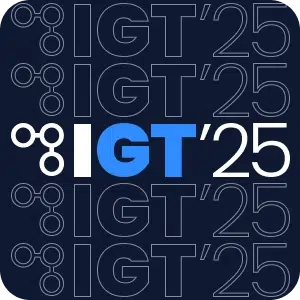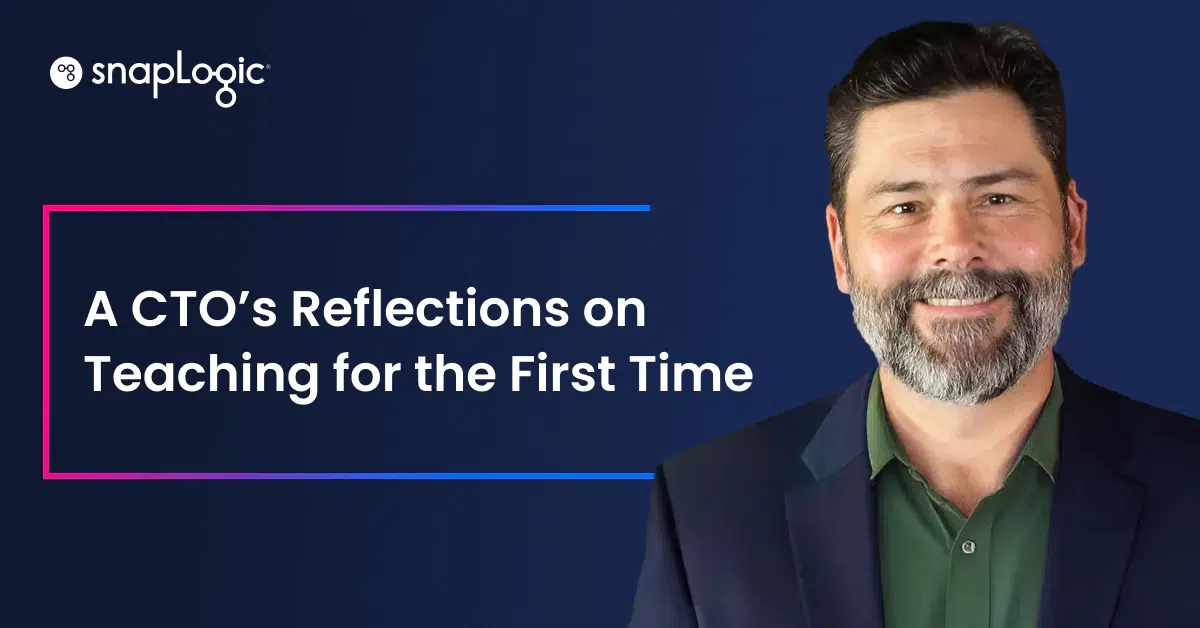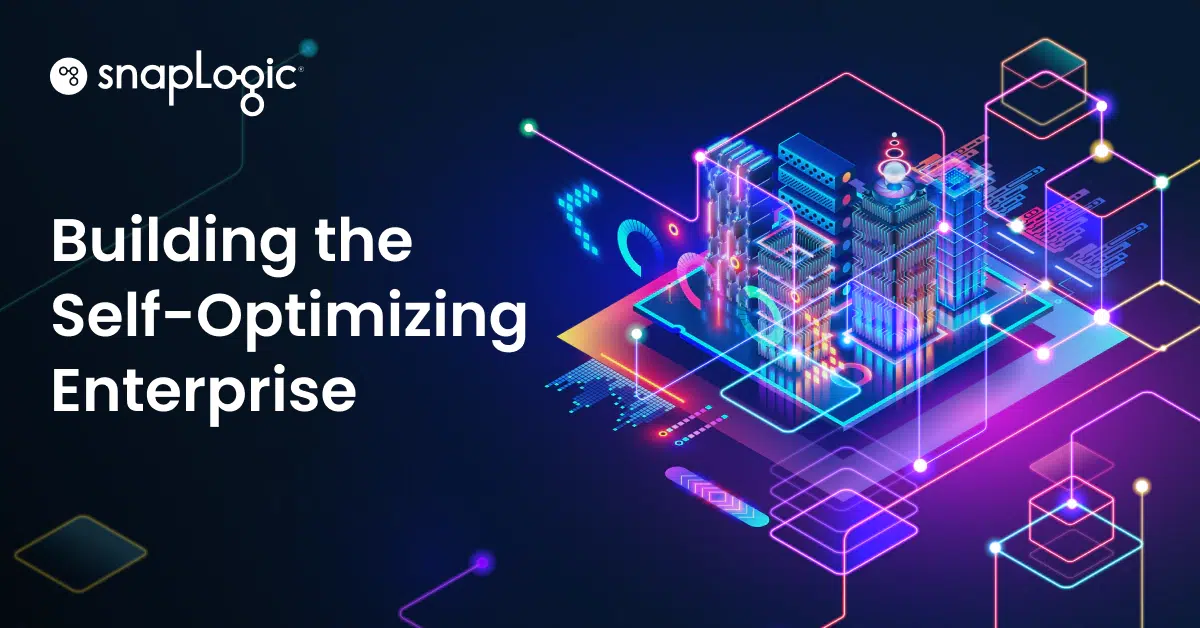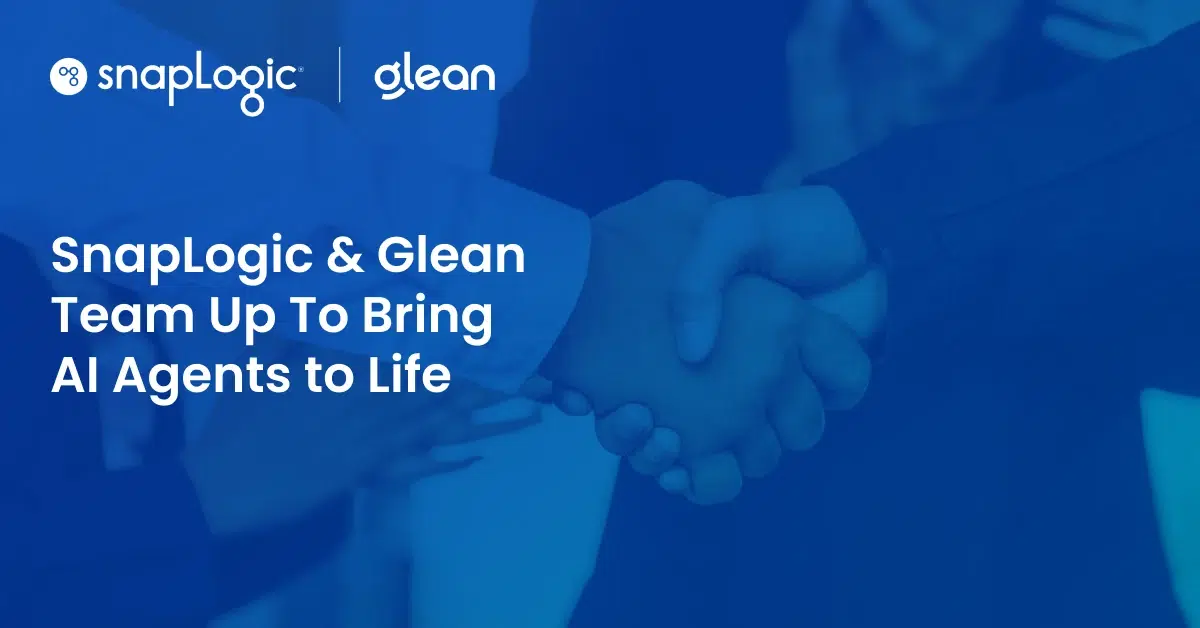After 25 years in tech, I recently took on a new, unexpected role: teacher.
Last month, I had the opportunity to lead a course through the GenAi.Works community called Enterprise SaaS in the Age of Agentic AI. For five days, we explored the shifting SaaS landscape, from the rise of agentic systems and AI-native development to new monetization models and the future of work.
And while I was there to teach, I ended up learning much more than I anticipated from the overall experience.
From lifelong learner to first-time instructor
I’ve always considered myself a forever-student. I love asking hard questions and figuring out how things work and I dislike not understanding how things fundamentally work. I chose to return to graduate school at 46 to pursue a data science and AI degree.
I’ve heard many times that teaching is the best form of learning, but I was still surprised by how much the act of teaching challenged me to clarify and refine my thinking. It’s one thing to have an opinion about where enterprise software is headed. It’s another to explain a point of view and support it with data to a group of sharp, skeptical peers who aren’t going to give you the benefit of the doubt based on title or shared relationship.
In preparing for each session, I had to break down big ideas, challenge my own assumptions, and find direct and low-context ways to express complex concepts. I anticipate that this mindset and process won’t just be essential for teaching but will present a new opportunity for me to grow as a leader and CTO.
Listening, not just lecturing
One of the most rewarding aspects of teaching was hearing firsthand what leaders are wrestling with in their own organizations. The class brought together product leaders, founders, and AI builders navigating high-stakes decisions about how to evolve their software, teams, and infrastructure in the age of AI. Their questions and challenges surfaced key opportunities to make the course even more relevant and impactful, especially in areas where theory meets messy enterprise reality.
One topic that came up offline in a conversation with a student was how to retrofit legacy enterprise systems to support AI agents. It’s a challenge facing nearly every large organization: how do you introduce agentic workflows into environments built long before AI was part of the equation? These systems weren’t designed for autonomous decision-making, yet they’re still critical to business operations.
The conversation made it clear: organizations don’t want to start over. They want a path forward that builds on what they already have — one that requires rethinking how data moves between systems, how it’s governed, and connecting agents to the right sources. That level of urgency and interest made it clear this was not only a gap in my lecture plan but also a gap in the broader conversation around AI adoption. I’m already working on a detailed follow-up lecture to go deeper into strategies for bridging legacy architecture with agentic AI.
AI helped me teach about AI
Ironically, teaching a course on agentic AI required a fair amount of AI assistance. Creating content is hard. It’s time-consuming, and I don’t have any spare time between family and work commitments. Tools like Plus and Google Gemini helped me brainstorm, iterate, and structure my presentation materials faster, freeing me up to focus on what really matters: connecting with people and sharing what I know.
For many of us building in the AI era, that’s the point: AI isn’t here to replace creative and cognitive work, but to help us do it better and faster.
Why more technology leaders should teach
Teaching a digital course certainly doesn’t mean you have all the answers. But there’s something powerful about stepping behind the virtual podium. It’s a trial-by-fire experience that forces you to pressure-test your knowledge in a way few other things do.
I walked away from it with new perspectives and a deeper respect for the craft of clear explanation. If you’re curious about the course or want to join the next cohort, check out GenAi.Works for more information. And if you’re a product or engineering leader, I’d encourage you to give teaching a try — whether that’s leading a meetup, mentoring someone in your org, or designing your own course. You might be surprised by how much you learn in the process.
